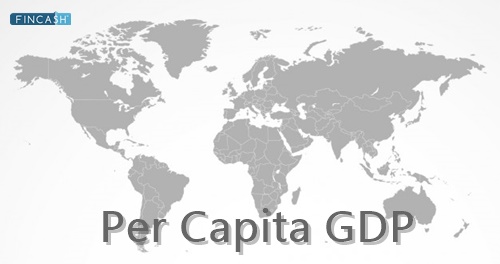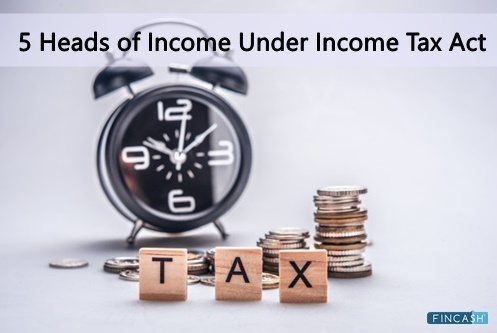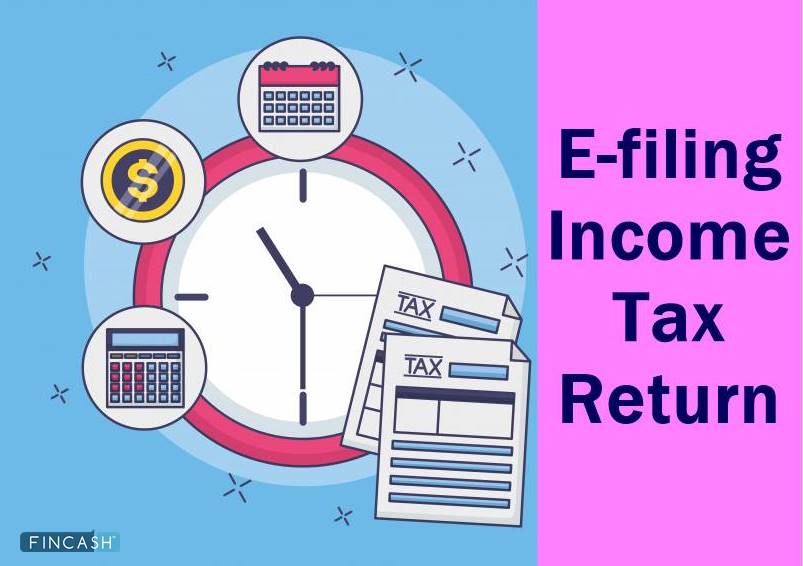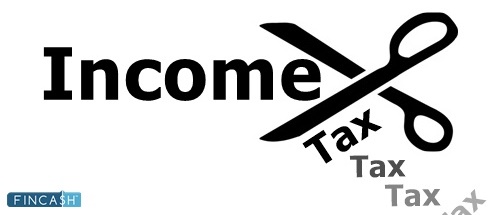Per Capita Income
What is Per Capita Income?
Per capita Income is a term to measure the amount of money earned by per individual in a geographic region or a nation. It can also be used to understand the average per-person income for a particular area and then examine the quality of life in that area. The per-capita income of a nation is calculated by dividing a nation’s income by that of its population.
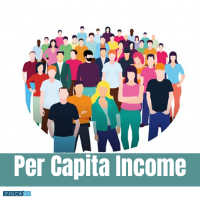
This income includes counting each man, woman and child. The child category would also include new-born babies as a member of the population at large. This is in contrast to another common measurement in an area’s quality of life like income per household, number of people in a household, etc.
Benefits of Per Capita Income
One of the most common benefits of per capita income is that it helps ascertain wealth or lack of wealth. For instance, income per capita is one popular metric that the U.S. Bureau of Economic Analysis (BEA) uses to rank the richest counties in the United States.
This metric is useful even when you have to access a particular area’s affordability. This could be decided in correlation to the Real Estate prices in the area. Expensive areas may have an extremely high ratio of average home price to income per capita. Businesses can also make complete use of this metric when considering to start a company or open a store in an area. If the area’s population has high per capita income, the company may have a better chance at getting revenue from selling goods since people would be ready to shell out more money in comparison to a town with low per capita income.
Limitations of Per Capita Income
The limitations of per capita income are mentioned below:
1. Standard of Living
Per capita income examines the overall income of a population and divides it by the number of people. This may not often be the right representation of the standard of living in a particular area.
Talk to our investment specialist
2. Comparison
The differences in cost of living can be inaccurate while making international comparisons since the exchanges rate country wise is not included in the calculation.
3. Inflation
Per capita income does not reflect Inflation in an Economy. Inflation is the rate at which prices rise over a period of time.
4. Savings and Children
Per capita income does not include an individual’s wealth and savings. Per capita income includes children but they don’t earn any income. This may provide skewed results if a country with a large number of children is taken into consideration.
All efforts have been made to ensure the information provided here is accurate. However, no guarantees are made regarding correctness of data. Please verify with scheme information document before making any investment.
